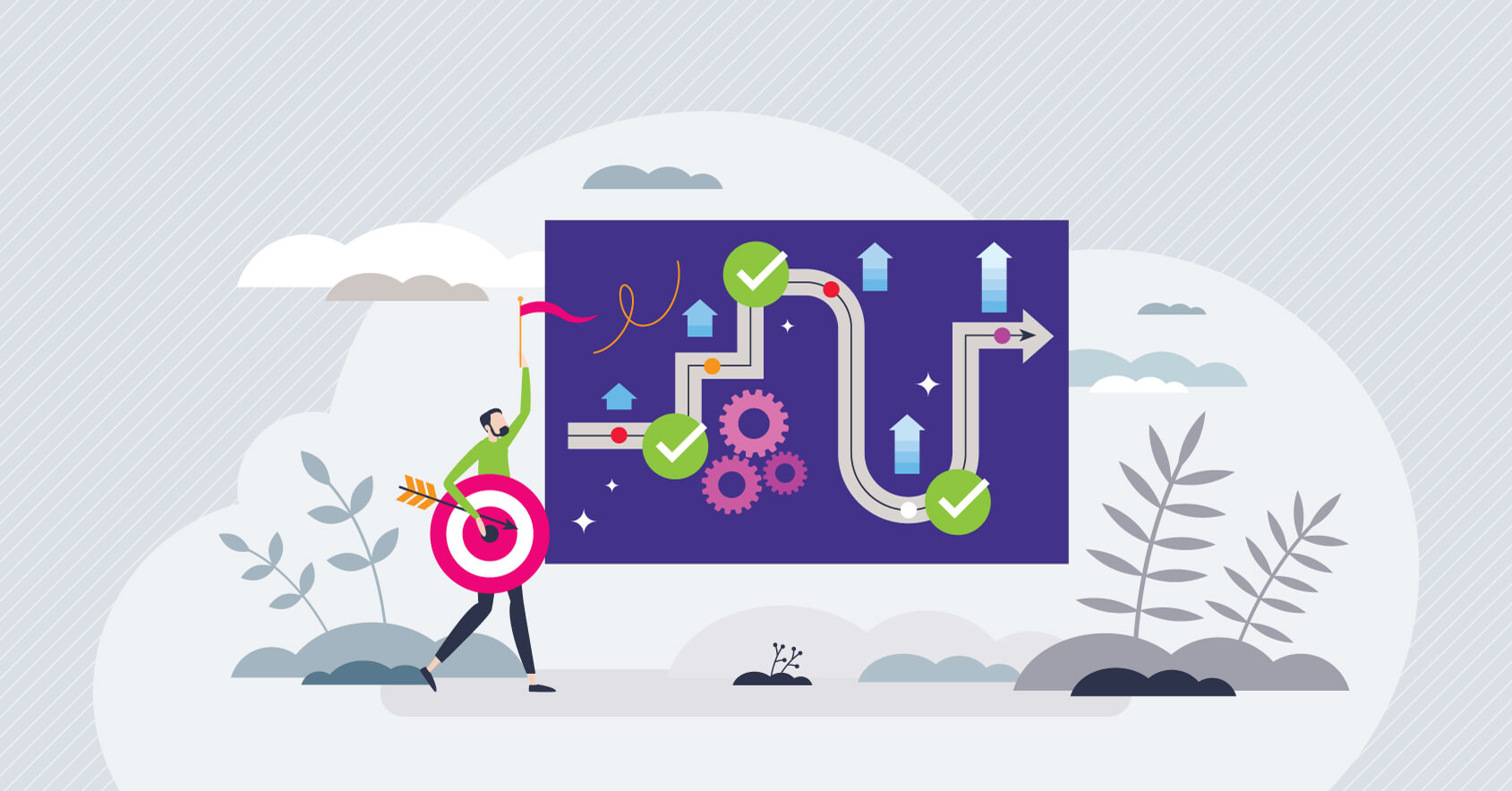If 2025 feels like this futuristic and far off year, you are not alone. For years, tech companies and futurists speculated about major advancements in AI, self-driving cars, wearable tech and medical breakthroughs all coming to fruition in the 2025 timeframe. Well, here we are in 2025, and L&D leaders have their work cut out for them. Let’s look at our picks for the Top 3 L&D Trends for 2025 that will help you future-proof your workforce and make best use of your time and budgets.
1 – Strategic Alignment with Business Goals
L&D has a strategic role as an organizational business partner. Gather inputs across business units to ensure L&D initiatives directly support company objectives, such as driving growth, improving employee retention, or addressing skill gaps. Leadership development is central to this alignment with focus on emotional intelligence, adaptability, and vision-setting – critical for navigating change – “The Intersection of Learning & Change” – Evolve January 2024.
Prioritizing Initiatives
To get the most out of your L&D investment, focus on critical areas that offer measurable outcomes and align with business objectives (learn more about getting started in Planning & Budgeting for L&D Part 1).
Content Development and Curation: Develop and curate relevant, engaging, and actionable training materials to enhance learner engagement and knowledge retention.
Blended Learning: Provide a mix of facilitated and self-guided content to meet learners at the point of need.
Leadership Development: Blanchard, a thought leader in Leadership Development points to the increasing demand for leaders who can be a change agent, inspire resilience, and foster collaboration. Check out their Trends 2025 for more on how leadership pipelines and skills taxonomies can bridge skill gaps to future-proof organizations.
2 – Maximizing ROI
Maximizing return on investment (ROI) in Learning and Development (L&D) requires a strategic approach tailored to evolving workforce dynamics, technology trends, and business priorities.
Prioritizing Initiatives
To get the most out of your L&D investment and maximize ROI, leverage the transformative potential of AI, VR, AR and Predictive Analytics.
Align L&D with Business Goals
- Skills Mapping to Objectives – Identify the skills and competencies for achieving business objectives.
- Stakeholder Engagement – Involve leadership and department heads in defining and aligning priorities and metrics for success.
Leverage Technology for Scalable Solutions
- Artificial Intelligence and Data Analytics: Leverage AI to automate tasks, accelerate content development, and personalize learning experiences. Invest in learning analytics to track progress, measure effectiveness, and demonstrate the value of L&D initiatives, ensuring budget allocation is justified and impactful.
- AI-Powered Learning Platforms – Use AI to deliver personalized learning paths, adaptive assessments, and real-time feedback.
- Gamification and Immersive Learning – Incorporate AR/VR and gamification to improve engagement and knowledge retention, especially for technical and task-based roles.
- Microlearning and Mobile Learning – Offer bite-sized content accessible anytime and anywhere, catering to the modern learner’s needs.
3 – Workforce Adaptability
Organizations that can learn, grow, and adapt is the new competitive advantage in talent and workforce development. Work with leadership to understand the strategic goals and identify the skills and capabilities your workforce needs to stay ahead of the competition.
Prioritizing Initiatives
Focus on initiatives that will address skill gaps and create an adaptable and engaged workforce.
Employee Engagement and Retention: Invest in initiatives that improve productivity and performance by enhancing employee motivation and commitment.
Skill Gap Analysis: Regularly evaluate your organization’s current skills against future skills.
Cross-Training: Train employees across multiple functions to increase versatility and scalability.
Personalized Learning: Create personalized and flexible learning opportunities. Don’t forget to provide employees with the time and space to learn new skills.
Change Mindset: Equip leaders with the skills to handle change effectively including leading teams through transitions. Change Leadership is critical for promoting a culture of experimentation, exploration, ideation, and agility.

